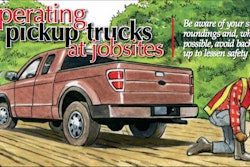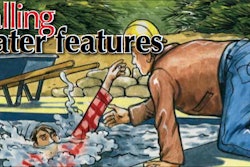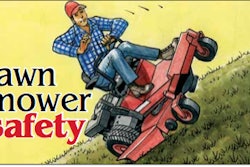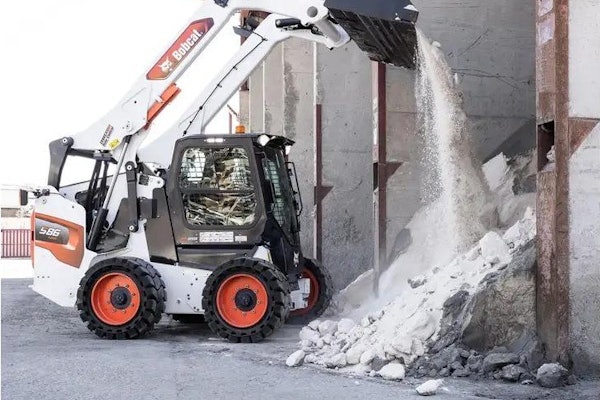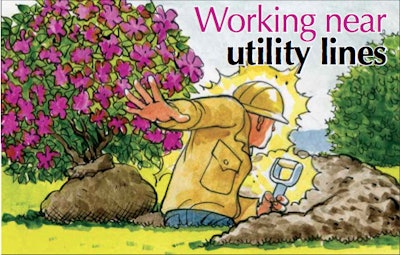
What the expert says: Matt Manning, product manager, for McLaughlin in Greenville, S.C., says the landscape crew members should have taken the time to verify the location of the underground power lines through soft excavation near the area where the bush was to be relocated.
Even if the utility company had correctly marked the area, the homeowner may have installed his own electrical line to a water (well pump) or lighting feature in the yard without informing the utility company. In this case, the electric utility would not have looked for nor marked those lines as it only identifies electrical lines from the right-of- way easement to the meter (house). The workers should have visually inspected the area for potential underground lines that may not have been identified.
Here are some tips for working around underground utility lines:
• Call 811, which will connect you with your local One Call center, in advance. States require differ- ent lead times. Make sure you specify what portions of the yard need to be marked.
• Always double check utility-company marks. Utility companies do a good job, but sometimes interference can affect equipment and marks can be up to six inches off the line.
• Always use non-conductive tools when excavating near utility lines.
• Take the time to visually identify the location of underground utility lines. However, don’t use a sharp spade or shovel as these tools could damage a line. Use soft excavation methods, such as a vacuum excavator or hard plastic trowels.
• If you cannot find the utility line, stop excavation and call 811 or the utility company again. Someone might need to remark the property.
• Ask the property owner if he/she has installed any electrical, gas or water lines in the yard.
• If you find unmarked underground cables or wires, call the appropriate utility company immediately.


